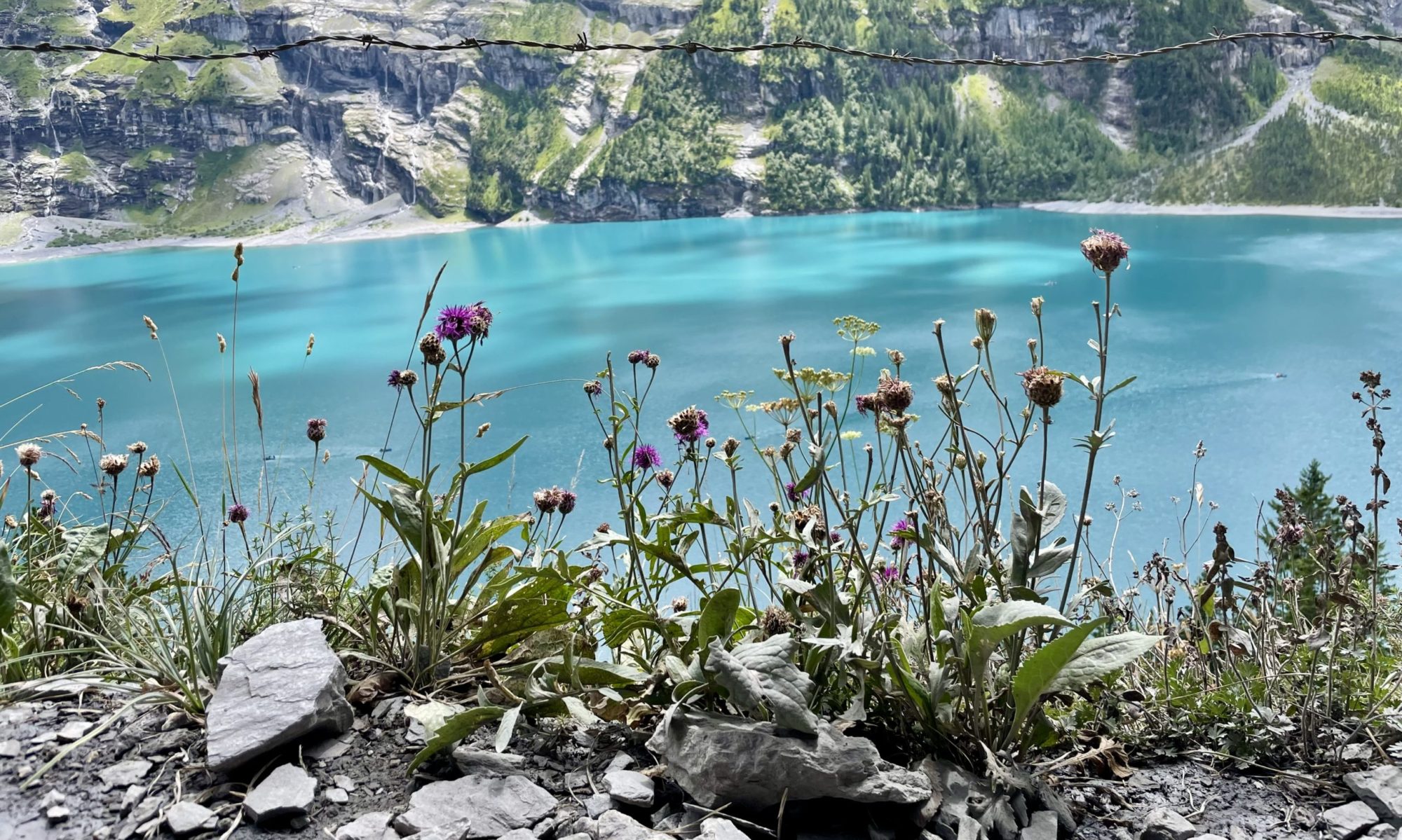Diatoms photosynthesise to produce their food, therefore they need light to survive. Which is why they are only found on the surface of lakes and rivers, wetlands and seas, as deep in the water as the sunlight can reach. Not all diatom species like the same amount of light though, or the same salinity (concentration of salt in water), oxygen, acidity (pH), saprobity (concentration of pollution), temperature, and other water conditions or even the current velocity in freshwater streams. Many different species can coexist in a community in a set of conditions, but if those conditions change, some of the species will thrive and increase their importance in the community, while others might die and be replaced by other species more suited for that particular set of conditions.
In general diatoms prefer cold water, arguably because they evolved at a time when Earth temperature was lower than nowadays. Some species like really cold water. There are even an approximate 200 species that grow on ice in the Arctic.
This specific sensibility of diatoms to ecological conditions is widely used to describe water quality. Indeed the presence/absence of a particular species, or ratio of species can be used as an indicator of water pollution.
Diatoms specific sensitivity is also very useful for paleolimnological studies. Paleolimnology is the study of sediments to extrapolate information on past environmental conditions (Paleon=old, limne=lake, logos=study). Sediment samples in very old lakes are extracted at different depths. The deeper is the sediment found, the older it is. The diatom species in the samples are determined by identification of the frustules and their abundance. Depending which community is found, scientists are able to estimate the particular environmental conditions that were present at that time in history in that lake.
A third branch of science can exploit diatoms specific sensitivity, forensic science, and more specifically in case of a dead body found in aquatic environment. Forensic investigations mainly aim at answering two questions, the cause of death and where it happened. In the case of a body found in water, the study of the diatoms community, and testate amoebae communities, can help determine if the person died where the body was found, or if it died somewhere else and was transported there afterwards.
Such a small organisms, and so many amazing contributions to our life.
